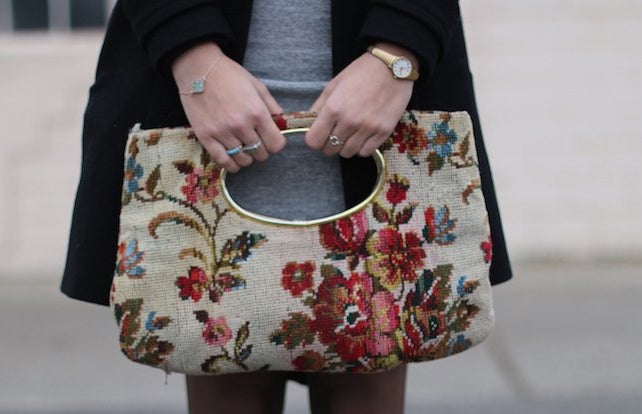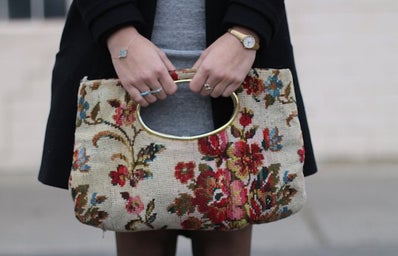Fashion has changed in the US in many ways. The evolution of fashion can be seen through different periods of history and many factors influenced the changes in fashion.
Ancient Civilizations
Ancient civilizations such as Greece, Egypt, and Rome had distinct clothing styles that were influenced by roles. These roles were based on people’s places within the society. Influential factors included climate and clothing was made from whatever material they were able to find. Societal roles are responsibilities and expectations that individuals hold within society. These roles influence cultural norms, traditions, and expectations. Women had a role in the house while men had a role of hunting or working.
Egyptians’ women and men would wear draped garments, like linen kits. Ancient Greek clothing included draped flowing garments like the chiton and himation. The toga in ancient Rome had a similar draped style.
Medieval Fashion Era
From 500-1500 AD Medieval fashion was influenced by social status. Social status is often related to their clothes. Peasants would wear simpler, functional attire. Wealthier individuals would wear layered garments, elaborate clothing, and fur. Renaissance fashion during this period was also relevant. The Renaissance saw a shift towards natural silhouettes. Men’s clothing featured padded shoulders, and women’s dresses accentuated the waist. The codpiece became a notable fashion element.
The Victorian Era
During the Victorian Era, high-waisted dresses were in style. The Victorian era which occurred around the 19th Century put more structured corsets, crinolines, and elaborate bustles in style. This period was of great power and rapid advancements in many industries. It allowed the British Empire to grow and become the first global industrial power.
Fashion During the Roaring Twenties
During the 20th century, many people saw a transition from the Victorian styles to more relaxed fashion. Women’s fashion adapted high collars, narrow skirts, and large hats. When the Roaring Twenties occurred, fashion changed due to the change that the Roaring Twenties brought. Investors flocked to a rising stock market. Companies launched products, like radios and washing machines. Americans were into jazz music and a lot of the fashion in this era was influenced by jazz. The fashion embraced dropped waistlines, shorter hemlines, and a more boyish silhouette.
Great Depression and The Late 20th Century
The Roaring Twenties caused the Great Depression to occur, and this caused a 360 in fashion. Fashion changed from wearing more conservative and practical fashion, dresses, and tailored suits. Late 20th century, the Swinging Sixties was introduced. Bold patterns, miniskirts, and vibrant colors were introduced. The Early 21st Century brought designs that were very bold, vibrant colors, and influences of pop culture.
Fashion tends to change quickly and with the internet it causes trends to change quickly. Each era comes from a different period and different trends that shaped the fashion industry over time. From the Roaring 20s to the Victorian era, in some way, it was about status, gender roles, or economic status.


